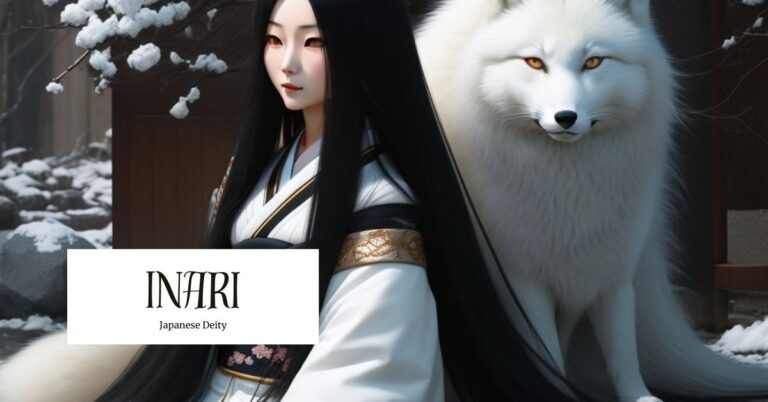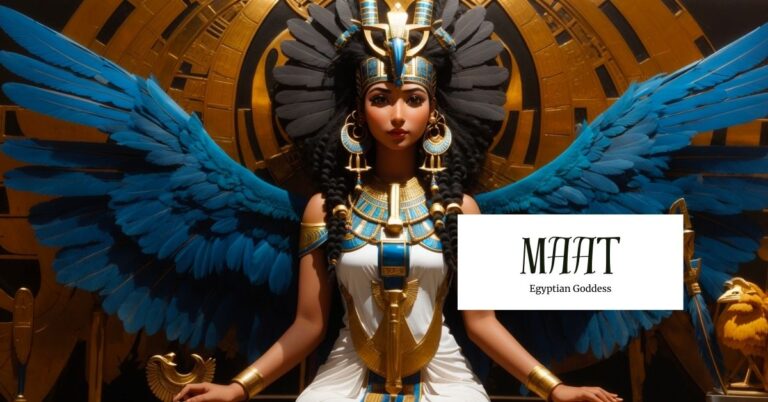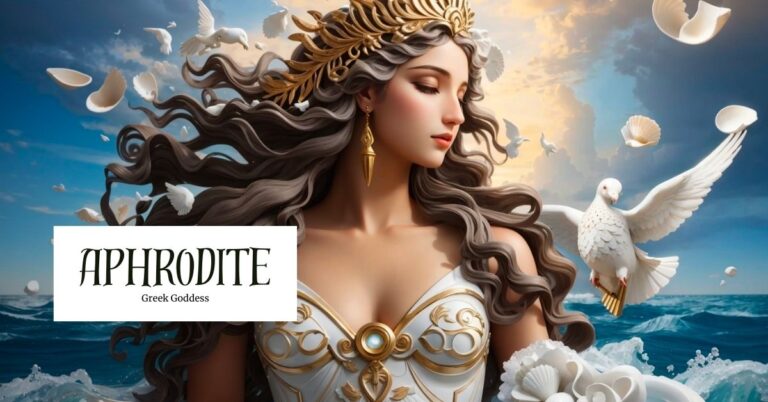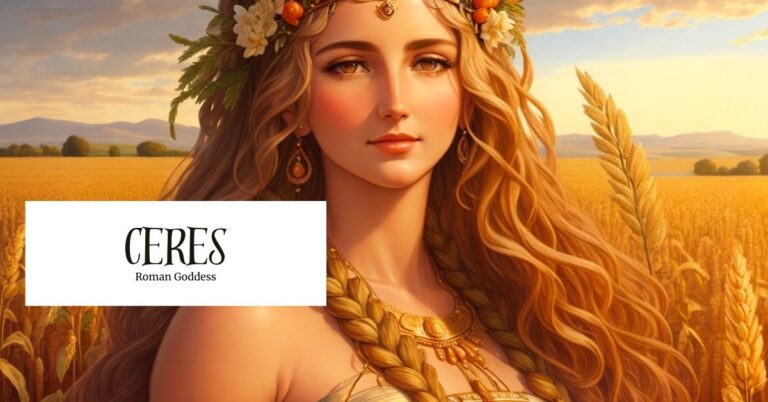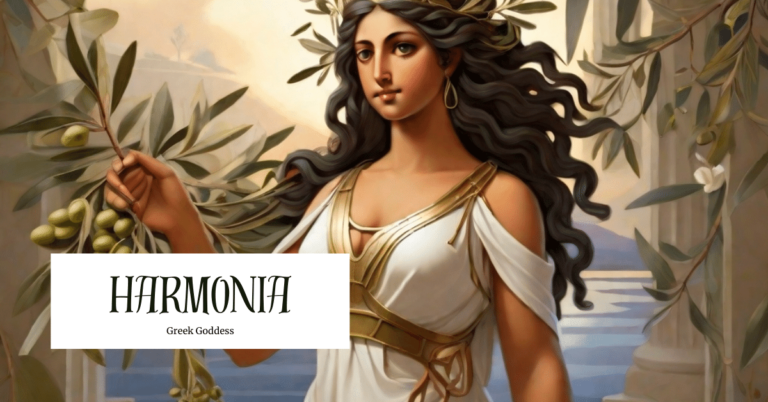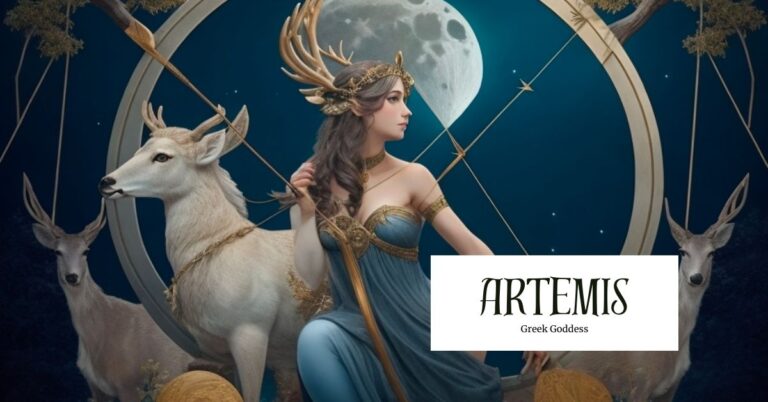Inanna: The Goddess of Heaven
Inanna, the Sumerian goddess of the heavens, is not only one of the earliest female deities in recorded history but is also one of the strongest and most revered. As the goddess of realms such as war, love, sex, and power, Inanna represents the most potent and passionate aspects of humanity, and her prowess and influence know no bounds.

Overview
Inanna is the Sumerian goddess of the heavens. Sumer was one of the civilizations in the region of Mesopotamia, or modern-day Iraq; during the years 4000 BCE to 3100 BCE, Inanna was one of the most influential and treasured deities of the civilization. Her responsibilities and realms included love— but not marriage— war, sex, law, political power, and fertility. In fact, some historians wonder if Inanna was just assigned all of the remaining roles that were not associated with another god or goddess as hers vary so widely.
She is one of seven main Sumerian gods and goddesses. Her brother is Utu, the god of the sun and of justice, and he is a recurring character in many of the legends about Inanna. Her sister is Ereshkigal, the goddess of the underworld, and she is the antagonist in the most famous tale of Inanna. Though her mother is unknown, a few gods have been mentioned to be her father; the most commonly accepted paternal figure is Enki.
Surprisingly, Inanna might have claim to the title of the first literary hero. Currently, experts believe Gilgamesh from The Epic of Gilgamesh to be the first true hero; however, some argue that the stories detailing Inanna’s life existed before Gilgamesh’s epic. The fact that a female figure could potentially be the first literary hero is an exciting one that could counteract many gender stereotypes and ideas about women in literature.

Titles
- Queen of Heaven
- Lady of Heaven
- Mother of All
- The Heavenly Mistress
- The Morningstar
Abilities
As a goddess of war, Inanna’s abilities often helped her on the battlefield. For instance, she was noted for having superhuman strength, speed, and durability. As many deities are immortal, she too does not age nor die of typical diseases or illnesses.
Inanna was also able to cast curses on people’s fertility, potency/sexual prowess, and battle skills. People would pray and perform sacrifices in her honor in the hopes that she would reward them by cursing their enemies. Beyond curses, she could also affect human beings’ emotions and make them feel intense reactions. If she wished, she could bring positive effects to people, including luck and even immortality.
Characteristics
Inanna is typically depicted as a warrior goddess. She usually wears a full set of armor, including a helmet that sometimes has horns. Some depictions show her with wings, which help represent her as the goddess of the heavens.
Also, many images of Inanna show her with a lion at her side, which is symbolic of her power and courage. She has even been depicted as a lion herself. Occasionally, doves are included beside her as well.

Traits
Inanna is known for having many traits that can be viewed as controversial for women, at least by traditional standards. While she is feminine, she is also aggressive, sexual, antagonistic, and passionate, which are just a few of the traditionally masculine traits that characterize the goddess. Inanna is ambitious and always hungry for more of what she desires, typically power or recognition. As expected of the goddess of war, she is an excellent warrior. She has no issue with causing trouble, initiating violence, and spilling blood. Inanna displays so many traditionally masculine traits, in fact, that her gender is sometimes seen as more ambiguous; not because she is not feminine, but because she breaks the boundaries of traditionally masculine and feminine traits.
Unlike many of the goddesses of love, Inanna is not associated with marriage or motherhood; in fact, she is hardly maternal and is not described as having noteworthy levels of compassion, devotion, or tenderness. Many legends about Inanna reinforce this: Gilgamesh from the renowned classic epic poem The Epic of Gilgamesh verbalizes that Inanna often treats her lovers poorly, and in the tale of her descent into the Underworld, Inanna sends her husband Dumuzid to hell in her stead.
Other traits that Inanna embodies include independence, determination, and strength.

Symbols
Inanna’s most notable symbol is that of the eight-pointed star, which also represents the heavens and even Venus. Venus the planet is also associated with Inanna; to Sumerians, the movements of the goddess and the celestial being seemed to mirror each other. For example, just as Inanna disappeared for many days into the Underworld, Venus will go several days without being visible to people on Earth.
Two animals are very symbolic for Inanna. First and most importantly, not only is the lion pictured at her side in depictions of the warrior goddess, but Inanna herself is sometimes even portrayed as a lion. Lions are also symbolic of power, which is fitting for a goddess who is always seeking more, and courage. The other animals often shown with Inanna are doves.
The cuneiform symbol for Inanna is a knot of reeds in a hook-like shape. This symbol—which represented Inanna in cuneiform writing—is also related to fertility and plenty.
Wings are also strong symbols for the Sumerian goddess of the heavens. As mentioned earlier, Inanna is depicted in many presentations with wings.
Festivals and rituals

There were many temples built in Inanna’s honor. The largest and most grand was the Eanna temple in Uruk. There, people could worship Inanna; even today, people worship the goddess. Many use the symbols that are associated with her to link themselves to the goddess.
Legends Associated with Inanna
Inanna has numerous legends and stories detailing her many decisions and actions. Her life story intersects with numerous other deities, regions/religions, and even famous literary heroes.

Origin story
There is not a recorded origin story for Inanna; however, there are legends that detail how she gained her powers and realms.
Towards the beginning of her recorded storyline, Inanna asks her father Enki—who divided the universe among the Sumerian gods and goddesses and assigned their roles and realms— for a place. She wanted her own role and her own abilities; Enki responded that she already had one.
Inanna and the huluppu tree
Early in her life, before Inanna has reached her true potential and before she gains all of her power and knowledge, Inanna wants to carve a huluppu tree into a wooden throne upon which she can sit and draw power. Once she picks the tree, however, three antagonistic beings—a great snake, the Anzû bird, and the demon Lilitu– move into the tree and prevent her from carving it.
In her frustration and anguish, Inanna calls upon the heroic literary legend Gilgamesh to help. While some stories present them as related, others—including The Epic of Gilgamesh itself—claim they were lovers. Gilgamesh kills the great snake and drives away the bird and the demon, and he has his men carve the tree into a throne for Inanna. She thanks him by using extra wood from the tree to make him a gift.
Inanna eats the fruit
Another legend tells how Inanna became the goddess of sex. Originally, she knew nothing about sex or sexuality. When she decides she wants to learn about sex, Inanna convinces her brother Utu to bring her to the underworld, which contains a tree that bears all the earthly knowledge about sex. There, she eats the fruit from the tree, learns about sex, and becomes the goddess of sex.
Inanna steals from Enki
In one of the most well-known tales of Inanna, the goddess steals from her father Enki. Enki had tablets of information called the mes, which had celestial knowledge from the heavens that represented different tools and traits of humanity. These tablets had the foundations of human civilizations, and they were very powerful. She funneled her father a lot of alcohol, and when he was extremely intoxicated, she took the mes. Some versions say that she coaxed her father into handing over the tablets, while others say she stole them from Enki after he passed out. Either way, Inanna ends up with the mes.
Enki wakes up to find his daughter has stolen his tablets, but rather than challenge her or invoke violence to regain him, Enki accepts the loss and makes peace with Inanna.
Inanna and her suitors
Inanna, upon reaching the age expected to marry, is sought after by two different suitors: the farmer Enkimdu and the shepherd Dumuzi (in some legends called Tammuz). Though Inanna likes the farmer Enkimdu more, her brother Utu prefers Dumuzi as her match. Ultimately, her brother’s preference for the shepherd—and the shepherd’s convincing offer of soft wool from his sheep—convince her to marry Dumuzi.
Inanna’s descent into the underworld
The largest and most detailed legend about Inanna is the one that tells of her descent into the underworld. Various versions have slightly different details and motivations, but they mostly all tell the same story.
Inanna decides to visit her sister Ereshkigal, who is the goddess of the underworld. Ereshkigal has just lost her husband—some say to divorce, others to death— and Inanna wanted to comfort her. After entering the underworld, Inanna is trapped and is unable to leave.
One version claims Ereshkigal is so angry at her sister—either from jealousy of her sister’s marriage to Dumuzi or rage from the belief that Inanna does not truly care for her as she has never visited before— that she kills Inanna, thereby forcing her to stay (Goddess Gift). Another version claims no one could visit and leave the underworld at will, and yet Inanna chose to go anyway to support her sister (Timeless Myths). Regardless, most versions say Inanna is killed by her sister in the underworld.
Inanna’s servant Ninshubur worries about Inanna’s safety and convinces the other Sumerian gods to rescue Inanna. Eventually, the god Enki is able to convince Ereshkigal to release Inanna under the condition that she picks her own replacement. Inanna ultimately chooses her husband Dumuzi to take her place in the underworld—thereby gaining her reputation of being uncaring towards her lovers.
After some time, Inanna feels guilty for banishing Dumuzi to the underworld and begins to miss her husband. She is able to convince Ereshkigal to make a compromise: Dumuzi will spend half of the year in the underworld, and the months he is there become winter. During the other half of the year, he will be allowed on Earth’s surface with Inanna. While he roams free, his sister takes his place in the underworld. This story echoes the Greek stories of Persephone and Demeter along with the Roman versions of Proserpina and Ceres.

Influences of Other Religions and Cultures
With Inanna being so widely praised and worshiped, there are numerous ties and influences of Inanna to other religions. First, she is often compared with Aphrodite and Athena, the Greek goddesses of love and wisdom/war, respectively. She also is related to Venus, who is the Roman counterpart not only of Aphrodite but also of Inanna herself. As mentioned earlier, Inanna is associated with the planet Venus.
Inanna evolves along with human civilization, and she ultimately is syncretized with other goddesses or even adopted by other religions. Most notably, Inanna reaches top popularity as Ishtar after the rise of King Sargon of Akkad. As Ishtar, the goddess very similarly was in charge of love, sex, fertility, and war; she also was the patron saint of prostitutes.
A few Christian biblical stories seem to follow patterns of Inanna’s legends. For example, the story Inanna learning about sex by eating fruit from the tree in the underworld resembles the story of Adam and Eve. Also, the way her two suitors—one a farmer and one a shepherd— clashed over Inanna’s love is reminiscent of how the brothers Cain and Abel, another farmer and shepherd pair, fought.
Modern appearances
Inanna has made many appearances in modern times, including as a video game character, the religious inspiration for a murderer in a film, an allusion in literature, and more. She has been seen as a feminist icon for her role and power in a male dominated pantheon; most of the main Sumerian deities are males, and Inanna is not only a female but an incredibly powerful one. For this reason—as well as the strength and independence she carries through the many legends that tell her tale—make her an inspiring feminist figure.
However, some modern editions of Inanna are criticized for skewing her traditional portrayals by adding the role of mother and wife. In contemporary times, people often lump all goddesses together and assume they share traits. So many goddesses of love are also goddesses of motherhood and marriage that some people have added those roles to Inanna as well, but those are not accurate to her historically.
Final Thoughts
Inanna shares many of the qualities seen in beloved goddesses of other religions and cultures. She is complex and fierce; she cannot be contained in only a handful of characteristics or traits. Her independence and her power even in a male dominated polytheistic religion are inspirational to women in contemporary times. In fact, even now she is a feminist icon, and literature and media references up through recent decades present her as a powerful, illustrious, beloved deity.

